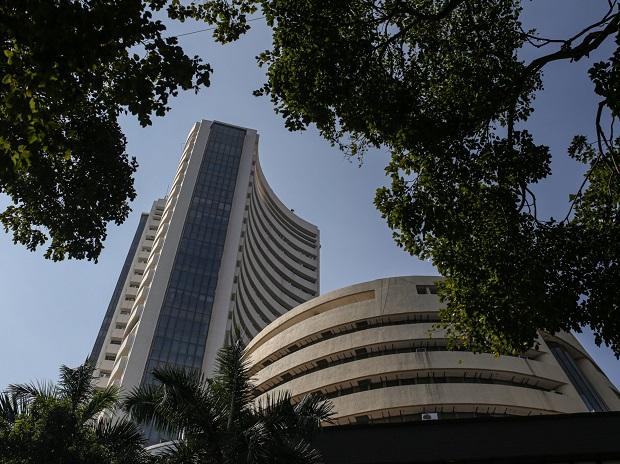[ad_1]
The Sensex and Nifty ended 2022 with 4.4 per cent and 4.3 per cent gains respectively, the seventh consecutive year of gains. A seven-year consecutive return happened only once in the past, between 1988-94 when the Sensex posted double-digit gains every year during this period. The Sensex ended the next two years with declines. In 1995 the Sensex declined 20.8 per cent. The longest winning streak of Nifty was from 2002-2007, and in 2008 it declined by 52 per cent.
Investors are relieved about the returns this year, which happened despite record foreign portfolio investor (FPI) outflows and are slightly circumspect about the next year considering the headwinds. Competition from debt returns, the Covid surge in China, elevated valuations, geopolitical tensions and questions about whether rate hikes have peaked are keeping investors on guard.
Though the latest inflation numbers from the US revealed that the price rise is easing, the US GDP data for the September quarter, which was released in December 2022, revealed the resilience of the US economy and firmer consumer spending.
A section of the market is now expecting the US Fed to hike rates up to 5.5 per cent and keep the rates at that level till inflation cools down to their expectations. The Federal Open Market Committee raised its benchmark rate by 50 basis points in December to 4.25 to 4.5 per cent. And the Fed chief had stated that the US central bank is not considering rate cuts until it is confident that inflation is moving down to 2 per cent in a sustained way. And unlike the previous decade, the central banks are unlikely to resort to monetary easing even if there is some economic distress in the short term.
“Markets were expecting the Fed rates to peak at 4.8 to 5 per cent sometime during the first or second quarter of 2023, if it is likely to be extended or go above, then the markets will probably correct a lot,” said UR Bhat, co-founder, Alphaniti Fintech.
Andrew Holland, CEO, of Avendus Capital Alternate Strategies said the Fed would have to hold rates at some point next year. “Whether the markets will force it to hold or a pivot or whether the data is so bad going into the first couple of months of the new year that the Fed has to pivot anyways needs to be seen. Markets are going to do what they have been doing which is to remain volatile”
The enthusiasm about China’s decision to do away with Covid restrictions has morphed into huge concern as the cases rise. Many countries are now seeking Covid testing for travellers from China amidst concerns about undetected strains.
“We thought that China has effectively dealt with Covid. And suddenly we find the numbers are spiking. This affects sentiments towards equities and merging markets,” said Bhat.
And even if there is some recovery in global equities, some of India’s oversold peers could appear to be better prospects. The Sensex is currently trading at a 12-month forward earnings price-to-equity ratio (PE) of 19.7 times against its 10 average of 17.6 times.
“Emerging market funds may be underweight on India, but we will still get some flows. The emerging markets will stand out at some point for growth, and India will get some share, but this time the flows may be much less compared to other markets which are much cheaper,’ said Holland.
Bhat said that he doesn’t see much gains in Indian equities even if the earnings growth mitigates the risk of a steep correction.
“I don’t see markets going dramatically higher because of the elevated valuations. And the statistical evidence is against a bull market this year,'” said Bhat
Indian equities also face the additional pressure of some of the domestic flows shifting to debt products as they are offering better returns.
“We have a competing class to our domestic inflows. The SIP flows will still be there. And incremental flows might go to debt,” said Holland.
[ad_2]
Source link



